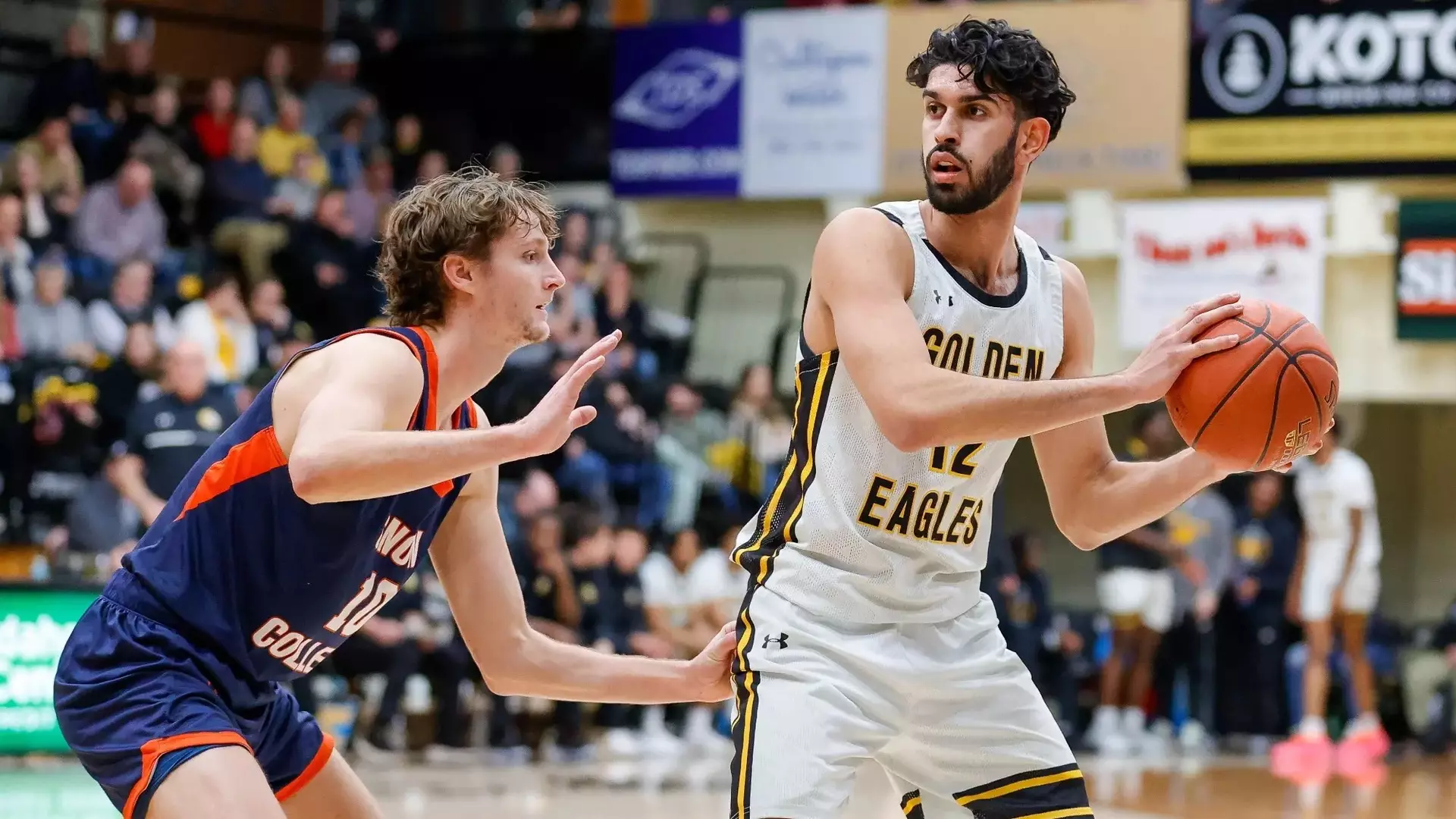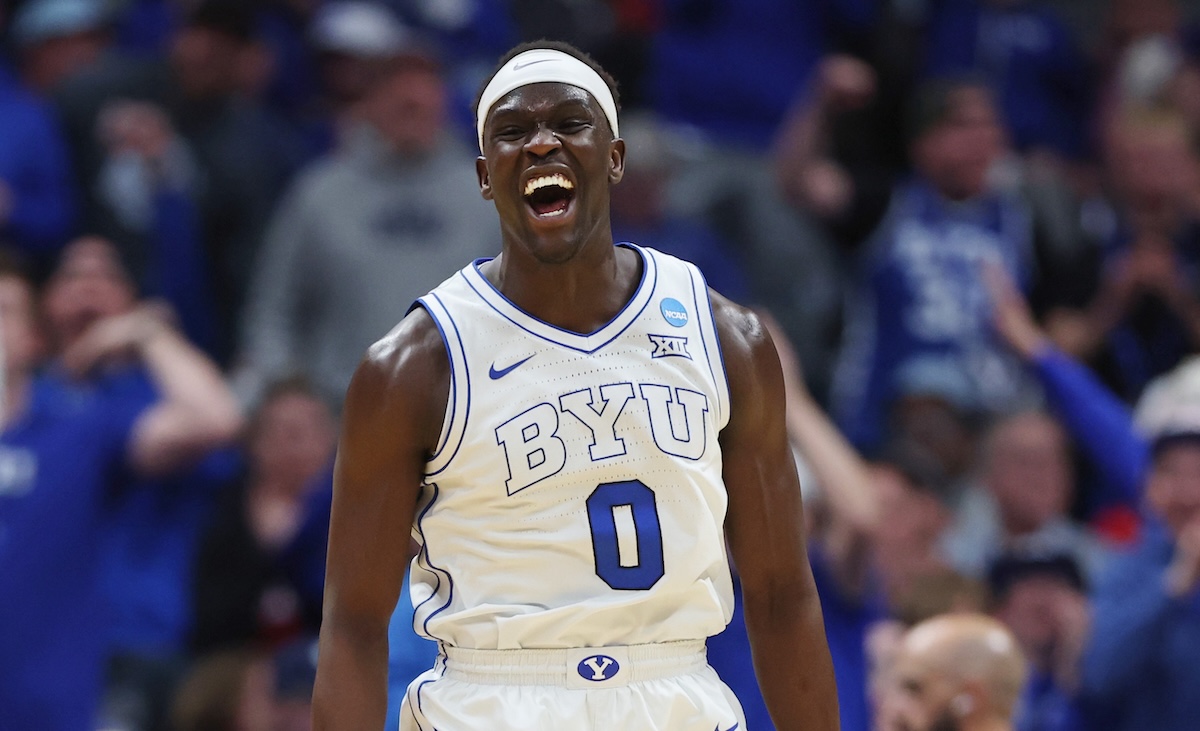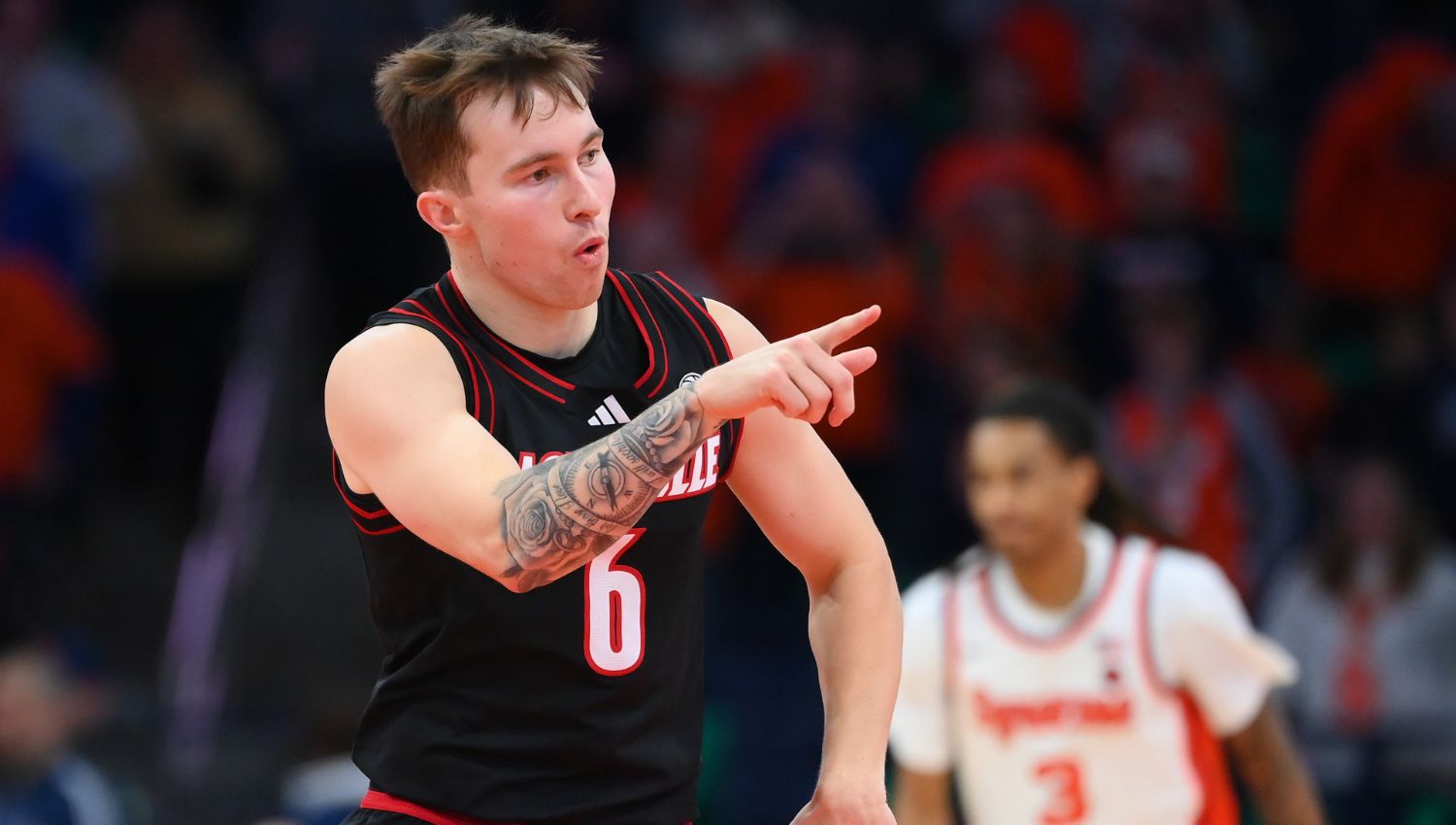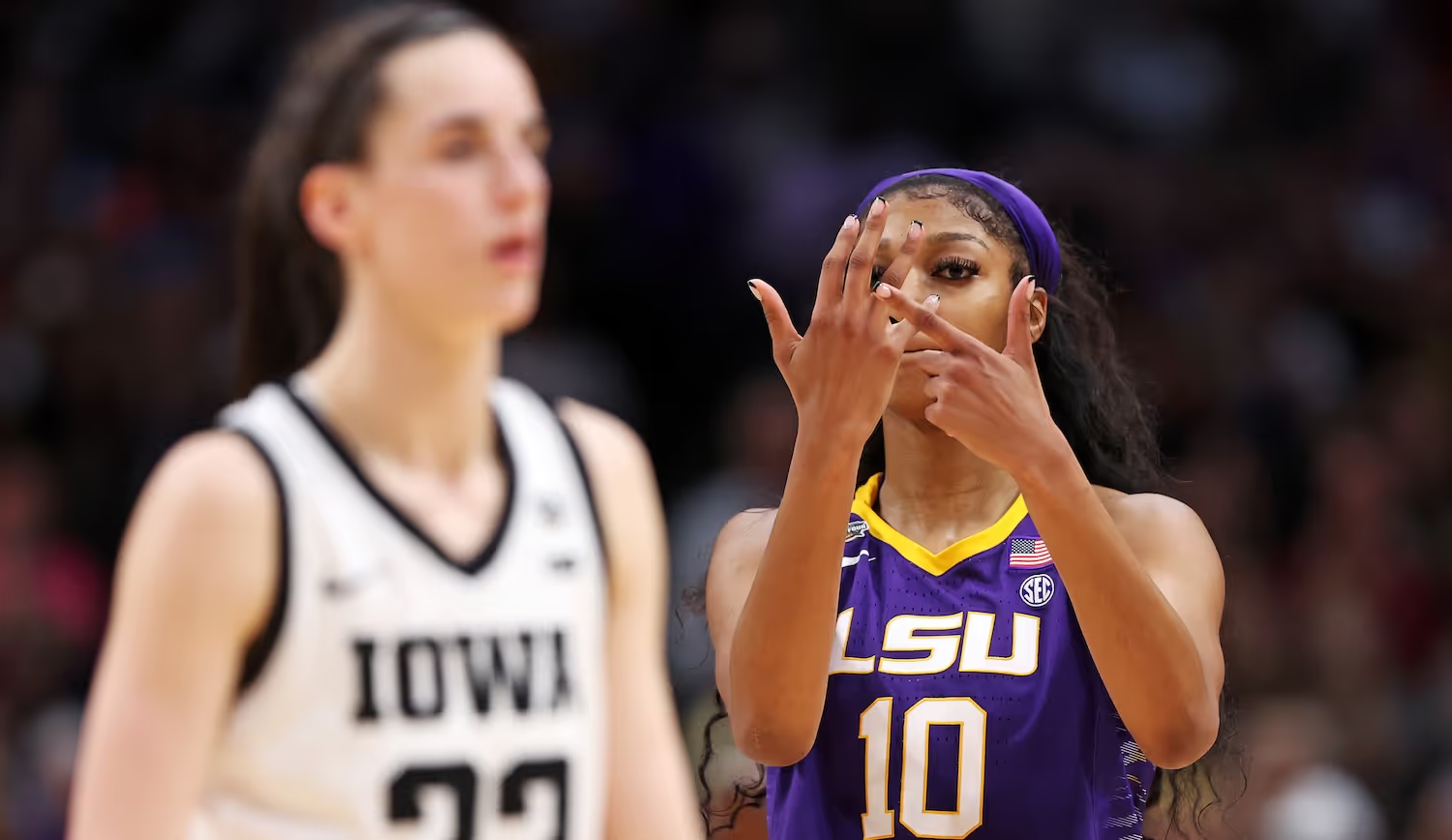

22
Oct
Explainer
What is March Madness and how does it work?
March Madness is the NCAA knockout basketball tournament
March Madness, the annual NCAA Division I men’s and women’s basketball tournament, is one of the most anticipated events in American sports. For college basketball fans and casual viewers alike, the tournament brings the promise of high-stakes competition, dramatic upsets, and the chance to witness future NBA and WNBA stars. Here, we’ll dive into the history, structure, and appeal of March Madness, exploring how this unique tournament captures the nation’s attention and why it’s so compelling to fans each year.
1. The Origins of March Madness
The NCAA Men’s Basketball Tournament began in 1939, created by the National Association of Basketball Coaches. At first, it was a relatively modest affair, with just eight teams competing. The tournament’s structure and scope evolved over the years, and by the 1980s, it had expanded to include 64 teams and become a national sensation. The women's tournament, established in 1982, also grew in popularity, bringing similar excitement and competitive spirit to college basketball fans. Today, both tournaments include 68 teams and are broadcast widely, drawing millions of viewers.
The term "March Madness" itself originated in Illinois high school basketball in the early 1900s and was later popularised by broadcaster Brent Musburger, who used it to describe the NCAA tournament in the early 1980s. Since then, March Madness has come to symbolise not just the tournament but the excitement, unpredictability, and cultural significance it carries.

2. The Tournament Structure
One of the unique features of March Madness is its single-elimination format. Unlike other sports leagues where teams play a series of games to advance, a single loss in March Madness means a team’s tournament run is over. This “win-or-go-home” rule creates a sense of urgency, making every game—and every play within that game—intensely meaningful. Here’s a breakdown of how the tournament works:
- Team Selection: The NCAA Selection Committee chooses the 68 teams that will participate, a process that involves both automatic bids and at-large bids.
- Automatic Bids: Thirty-two of the tournament’s 68 spots are awarded to teams that win their conference championships. There are 32 NCAA Division I conferences, and each conference sends one representative team.
- At-Large Bids: The remaining 36 spots are given to teams selected by the NCAA Selection Committee. The committee evaluates teams based on factors like win-loss record, strength of schedule, and other performance metrics.
- Seeding and Bracketing: After selection, the teams are divided into four regions (East, West, South, and Midwest), each containing 16 seeded teams. Teams are ranked, or “seeded,” within each region, with the No. 1 seed generally considered the strongest and the No. 16 seed the weakest. The seeding is crucial because it determines the matchups and theoretically gives higher-ranked teams an easier path through the bracket.
- The First Four: The tournament kicks off with the First Four games, where eight lower-seeded teams play for a spot in the 64-team main bracket. Once the First Four concludes, the tournament moves into the traditional four-region format, which contains 16 teams in each region.
- Progression Through Rounds:
- First and Second Rounds: The 64 teams in the main bracket compete in the first round, and the winners move on to the second round, leaving 32 teams.
- Sweet Sixteen: The remaining 16 teams advance to the third round, which is called the Sweet Sixteen.
- Elite Eight: Eight teams advance to the Elite Eight, where regional champions are determined.
- Final Four: The four remaining teams face off, with each winner of a Final Four game advancing to the national championship game.
The women’s tournament follows a similar structure, making March a time of dual excitement for both men’s and women’s college basketball fans.

3. The Drama of Upsets and Cinderella Stories
One of the hallmarks of March Madness is its unpredictability. While higher-seeded teams have an advantage on paper, upsets are not just common—they’re expected. Lower-seeded teams regularly defeat their higher-ranked opponents, a phenomenon that fans call “Cinderella stories.” These unexpected victories make the tournament thrilling because every game holds the potential for a surprise outcome.
Historically, the phrase “Cinderella story” evokes the image of a lesser-known team making an improbable run deep into the tournament. A prime example is the 2018 University of Maryland-Baltimore County (UMBC) team, which became the first No. 16 seed in tournament history to defeat a No. 1 seed when they upset Virginia. Such victories are rare but highly memorable, adding to the lore of March Madness and solidifying the tournament’s reputation for being uniquely unpredictable.
4. The Impact of March Madness on Players and Schools
The tournament is a showcase for some of the country’s best young basketball talent, often serving as a launching pad to the NBA and WNBA. Players who perform well in March Madness gain national recognition, which can significantly impact their draft stock. Stars like Michael Jordan, Larry Bird, and Magic Johnson first garnered national attention through their performances in the NCAA tournament, cementing their legacies before turning professional.
For colleges and universities, a successful March Madness run can bring financial rewards and increased prestige. Schools that advance deep into the tournament often see a surge in applications, merchandise sales, and donations from alumni. Smaller schools with Cinderella stories gain national visibility, attracting students and fans who may not have previously known about the institution.
5. Bracket Challenges and Fan Engagement
For millions of fans, filling out a bracket and trying to predict the outcome of each game is almost as exciting as the tournament itself. Bracketology, or the art of predicting the tournament’s results, has become a cultural phenomenon. Fans, families, workplaces, and communities participate in bracket challenges, competing for bragging rights or prizes. Despite the statistical difficulty of picking a perfect bracket—there are over 9 quintillion possible outcomes—the challenge is a beloved tradition that brings people together and adds an extra layer of excitement to the games.
The unpredictability of the tournament, with its frequent upsets and thrilling finishes, makes it nearly impossible to predict the outcomes accurately. Still, millions of fans participate in bracket challenges each year, hoping to be the one to beat the odds.

6. The Cultural Impact of March Madness
March Madness isn’t just a sports event; it’s a cultural phenomenon. The tournament brings together sports fans, alumni, students, and casual viewers across the country. The games are often broadcast in schools and workplaces, and productivity can dip as fans tune in to watch their favorite teams. Bars and restaurants host viewing parties, and fans across the country wear their team colours with pride.
The tournament also fosters a sense of pride and unity among alumni and current students, bringing generations together to cheer on their school. For many fans, March Madness represents not only the excitement of basketball but also a nostalgic connection to their college years and a shared experience with others.
7. The Business of March Madness
March Madness is a lucrative event for the NCAA, generating billions in revenue through television rights, sponsorships, and ticket sales. Companies compete for advertising space, knowing that millions of viewers will tune in. The revenue generated from March Madness helps fund other NCAA sports programs and provides scholarships and support for student-athletes across various sports. This financial support is crucial for sustaining college sports, which benefits not only basketball but also countless other programs that might otherwise struggle for funding.
Conclusion
March Madness is more than just a college basketball tournament; it’s an event that captures the spirit of competition, unpredictability, and unity. The single-elimination format, Cinderella stories, and bracket challenges add a layer of excitement that’s hard to replicate in other sports. For players, it’s a chance to shine on a national stage; for fans, it’s an opportunity to cheer for their alma mater or the underdog. And for everyone watching, it’s a reminder of why sports have the power to bring people together in celebration of the human spirit.
Exclusive Newsletter
Aussies in your Inbox: Don't miss a point, assist rebound or steal by Aussies competing overseas. Sign-up now!









.png)











.avif)










